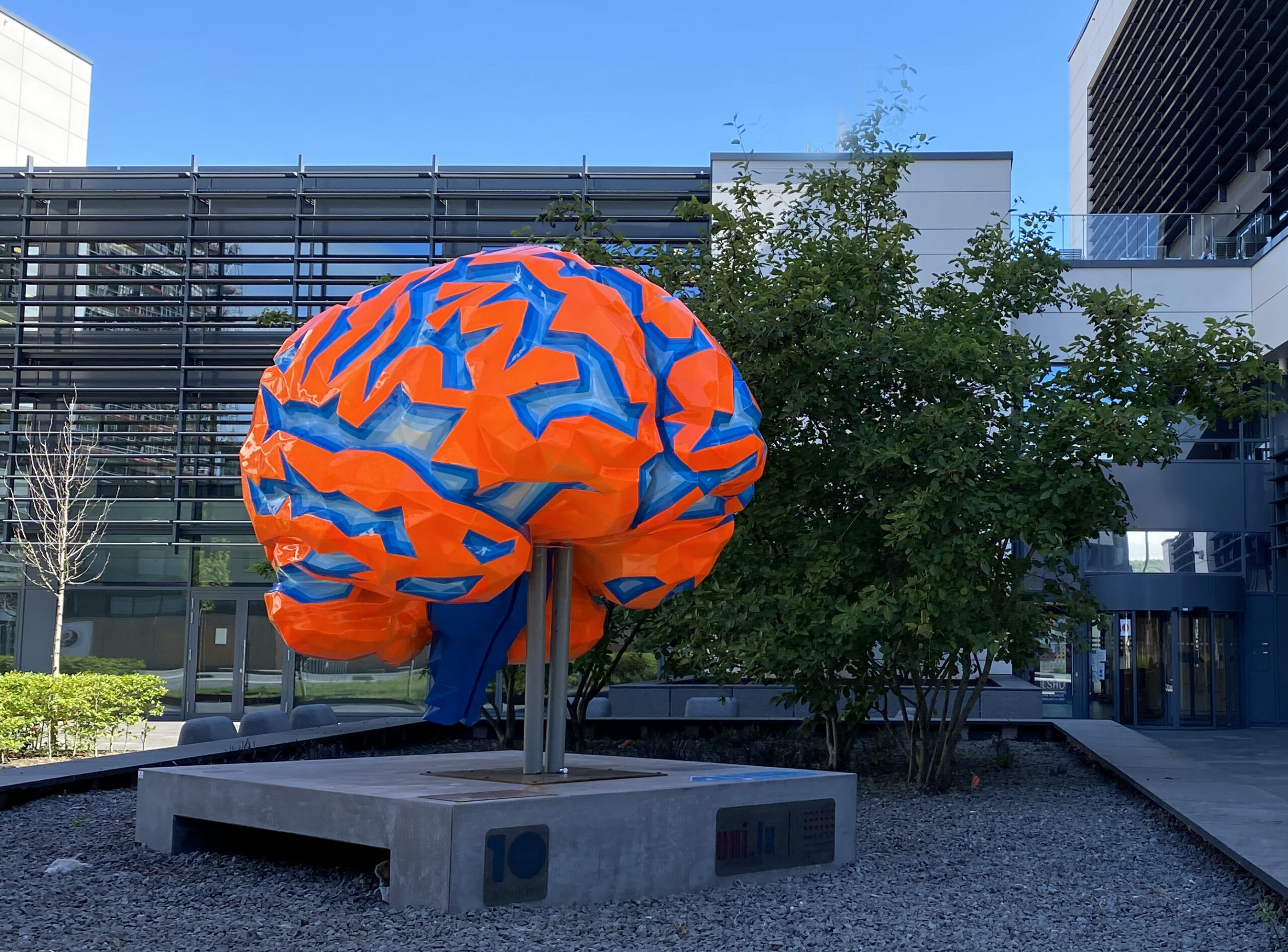Alpha-synuclein and tau aggregates polymorphism and the molecular basis of diverse synucleinopathies and tauopathies
The aggregation of the proteins alpha-synuclein (α-Syn) and tau within the central nervous system is deleterious and associated to diverse neurodegenerative disorders. How a-Syn and tau aggregate, how those aggregates traffic between cells, multiply by recruiting their endogenous counterparts and cause distinct synucleinopathies and tauopathies is still poorly understood.
I will explain the molecular events at the origin of α-Syn and tau aggregation. I will show that α-Syn and tau aggregates sequester important proteins, among which molecular chaperones, mimicking their loss of function. I will also show how α-Syn and tau aggregates traffic within and between neuronal cells while multiplying. They are also released from affected cells bind to neurons cell membranes and redistribute protein receptors with functional consequences I will detail.
The reason why the aggregation of α-Syn causes distinct synucleinopathies was unknown until we showed this protein to form structurally different fibrillar aggregates in test tubes and proposed that the different structures may cause different pathologies. I will describe how the diversity of α-Syn and tau fibrillar aggregates, including those derived from patients brains, can cause distinct diseases.
The importance of targeting the surfaces of aggregated α-Syn and tau from the diagnostic and therapeutic standpoints will be highlighted and discussed.
About the speaker
Ronald Melki is first class Director of Research at CNRS. He is recipient of major awards such as the Grand Prix of the Institut de France or the Coups d’Élan pour la Recherche Française award of the Bettencourt-Schueller Fondation. He is active in the infectious proteins (prion) field since 1999. He characterized the prion-like propagation of protein aggregates involved in major neurodegenerative diseases and documented their interaction with neuron membranes as well as their uptake and transport. His team generated α-Syn assemblies that differ structurally and functionally, laying down the molecular basis of different synucleinopathies.

